All about planting peppers in open ground
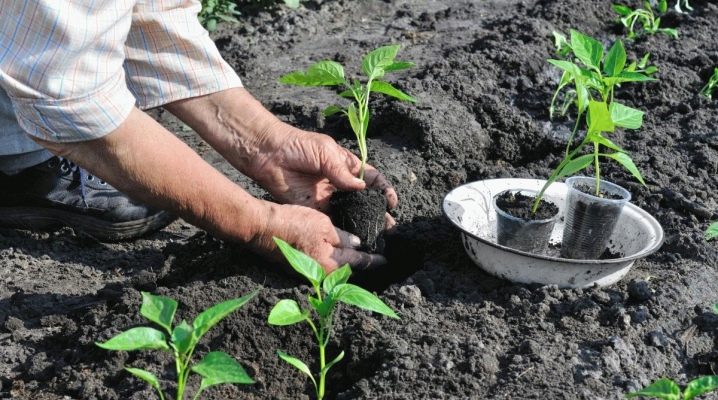
Pepper is considered one of the most common vegetable crops in Russia. Sweet varieties are suitable for preparing snacks, salads and preparations for the winter, while spicy varieties will make any dish tastier, more aromatic and richer.
Not all gardeners dare to grow pepper, knowing that it is a heat-loving and southern crop, but experienced summer residents have demonstrated the opposite in practice. Many varieties thrive in the climates of the northern, western and central regions. To harvest a tasty and rich harvest, you need to comply with all the conditions of agricultural technology, and proper care begins with planting plants.

When can you plant?
Inexperienced summer residents are often frightened by planting peppers in open ground, since in such conditions it will be more difficult to protect the seedlings from the vagaries of the weather, pests and diseases. Whether it's sweet bell peppers or hot peppers, the process of planting seedlings should be approached as responsibly as possible. Each stage (site selection, preparation of planting material, etc.) is important and affects fruiting.
They begin to prepare for work in a few days. The selected land plot must be cleaned of weeds, fed, and other necessary manipulations are performed. When growing seedlings on your own, you need to not only prepare, but also germinate the seeds. When using ready-made seedlings, a number of activities are also performed. By the time the plants are planted in the ground, they must be properly prepared.

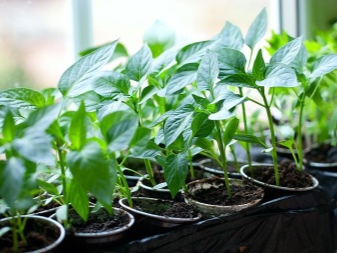
Favorable days have been established for planting pepper on the site.
It is recommended to adhere to certain deadlines.
- In the period from February 15 to March 15, sowing of seeds for seedlings begins. For the southern regions, the date is slightly shifted a couple of weeks earlier (early February - early March).
- As soon as the seedlings reach the age of 60-90 days, they can be transferred outside and planted in the ground. Work can only be carried out at a favorable temperature set.
The above times are approximate and may be adjusted based on many factors. Before growing, you should familiarize yourself with the characteristics of the variety. Its characteristics must indicate a suitable date.
You can draw on personal experience, and be sure to take into account the climate. For example, in the Urals, seedlings are planted later than in the Krasnodar Territory.

Landing by region
Sowing seeds for pepper seedlings.
- South. The beginning of the last winter month is the first days of March.
- Middle lane. After March 15 - the second half of this month.
- North. Starting from the second half of March until the first days of April.
Suitable timing for transferring plants to open ground.
- South. The work is carried out from the last days of April to mid-May.
- Middle lane. Suitable dates are considered from mid-May to early summer, including the first days.
- North. Until June 15-16.
The above system is adjusted for spring, early or late.
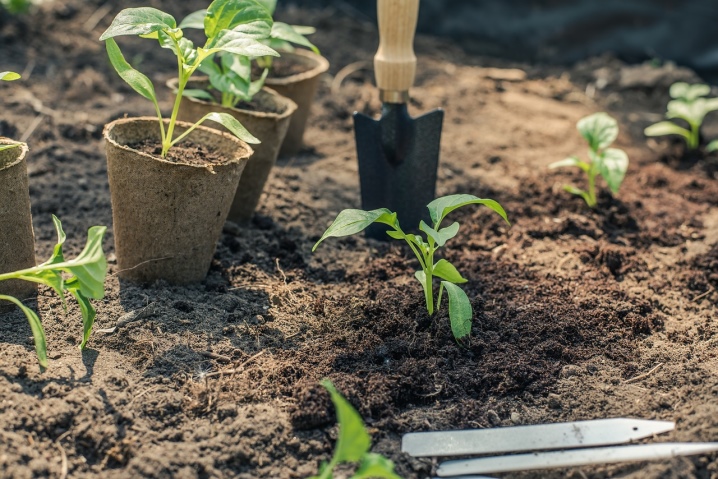
Lunar landing
Some gardeners, especially those who have been growing fruits and vegetables for more than one year, are guided by a special calendar.
The following dates are recommended for 2021.
- February - from 15th to 16th and 28th; March is the first day, 8 and 9, as well as the 12th. During these periods, you can begin to germinate seeds to obtain seedlings.
- In May, young plants can be transferred to greenhouses and greenhouses. The numbers are from 12 to 18 and 8 May.
- In open-air beds, seedlings are planted in May (from 12th to 18th) or in June (13th).
It is recommended to focus not only on the lunar calendar, but also on synoptic forecasts.
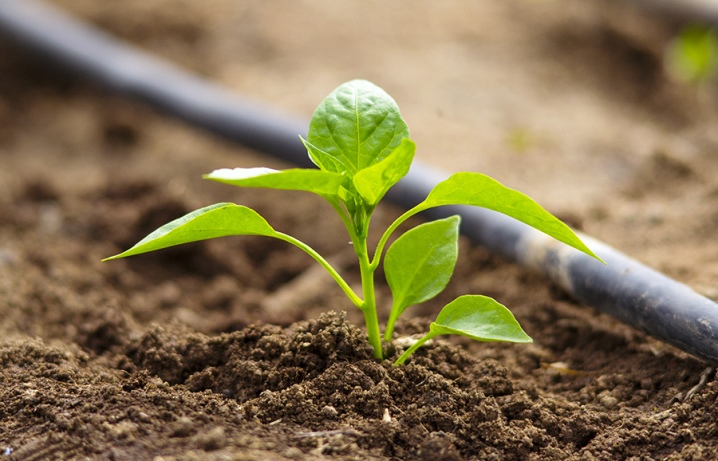
Seat selection
Preparing for planting work involves choosing a suitable site. Pepper prefers open areas that are illuminated by the sun. The area should be spacious, but protected from strong and cold winds. You can plant seedlings along the southern wall of a house or other building.
Draft protection can be built with your own hands. For example, plant tall plants around the perimeter of the site, or install fasteners with a special mesh.
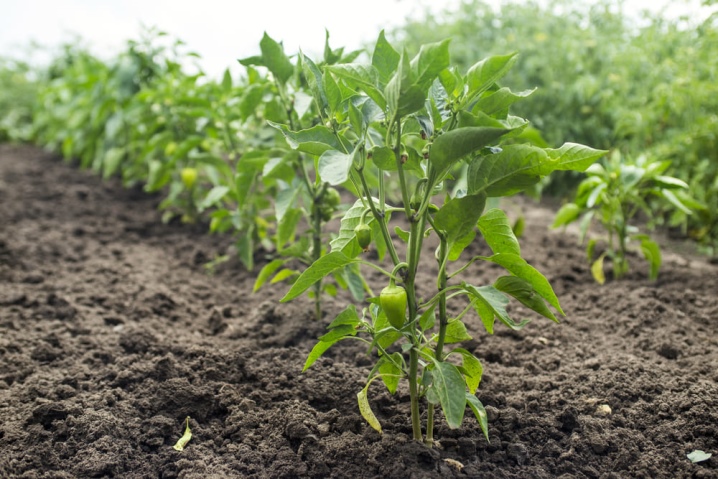
For germination, a site where the following crops used to grow is great:
- cabbage (any varieties);
- legumes;
- zucchini;
- cucumbers;
- various root vegetables.
You should choose a different location if they grew in the ground:
- tomatoes;
- eggplant;
- potato;
- pepper.

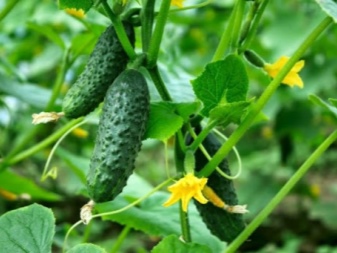
Preparation
The soil
The ideal soil is light, fertile and retains moisture.
The beds are prepared in the fall according to the following scheme:
- the site is cleared of weeds and plant debris;
- the use of mineral dressings at the rate of 30-50 grams per square meter;
- the soil is fertilized with ash, spending from 50 to 80 grams per square meter;
- when introducing organic matter, from 5 to 10 grams of humus are used;
- the fertilized area is carefully dug up.
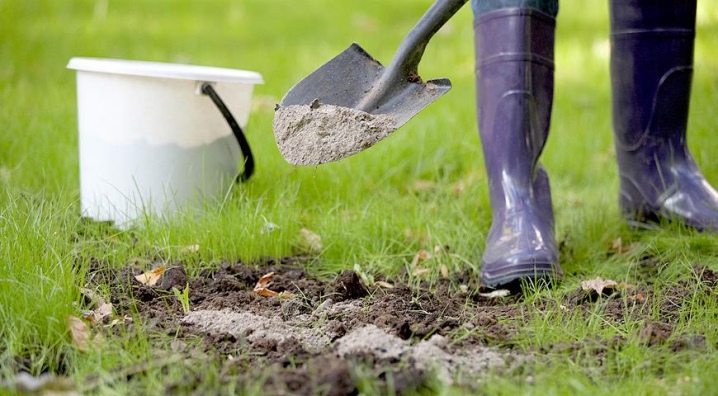
Even if the soil is severely depleted, it is undesirable to put more nutrients than the stated rate. Fresh manure for feeding is not suitable due to its high nitrogen content. An excess of this component will inhibit fruiting.
If the preparation of the site is carried out in the spring, you need to carefully dig up the ground and fertilize with the following substances (consumption per square meter):
- nitrogen-based formulations - 20-30 grams;
- phosphates - from 30 to 40 grams;
- potassium substances - 30-40 grams.
About a week before planting, the land should be treated with any disinfectant.

Planting material
Before transferring seedlings, they need to be prepared for new conditions. For this purpose, hardening is carried out. First, containers with plants are left outside or near an open window for no more than an hour. The time interval is gradually increased, bringing it up to 8 hours a day. The day before the transfer, the seedlings are left outside overnight.
Only formed seedlings are transplanted, the height of which is about 20-30 centimeters, with 6-8 full-fledged leaves of bright color.

If you want to grow seedlings yourself, you need to correctly select and prepare seeds for germination.
The method of seed preparation depends on the storage period:
- if the seeds are 3-4 years old, they can be sown dry, but for better germination it is advisable to immerse them in warm water for a day;
- seeds, which are more than four years old, are soaked in a growth stimulator and a solution of "Heteroauxin", with their help, the germination rate increases to 90%.
The germination process is carried out according to the following scheme.
- The grains should be wrapped in a damp cloth or paper, which is periodically sprayed with water.
- The bundle is placed in a bag to create a greenhouse effect. The bag is filled with air and tied.
- Next, the container must be placed on a tray or board and transferred to a warm place. You can leave it next to the battery.
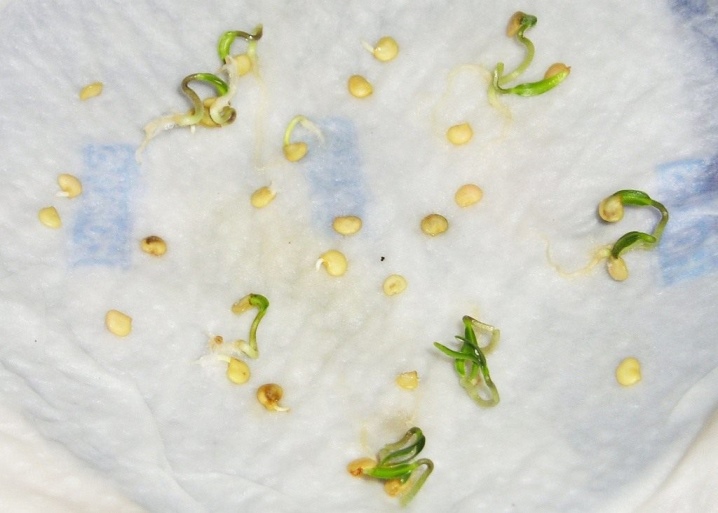
Fresh shoots should appear in a couple of days. As soon as the seeds begin to germinate, they are transferred to moist soil, deepening by half a centimeter. Instead of land, peat or peat tablets are often used. You can prepare a suitable soil mixture yourself. The following components are mixed: one part of sand and garden soil, 2 parts of humus, a tablespoon of ash (calculated per kilogram of the mixture).
Pepper does not tolerate picking and transplanting, so it is advisable to immediately germinate the culture in separate containers until it is transferred. Special peat tablets are great, since the plants are transplanted into the ground with them, without damaging the root system. Instead, they use ordinary plastic cups with a minimum diameter of 10 centimeters. In order not to harm the roots, the container is cut.
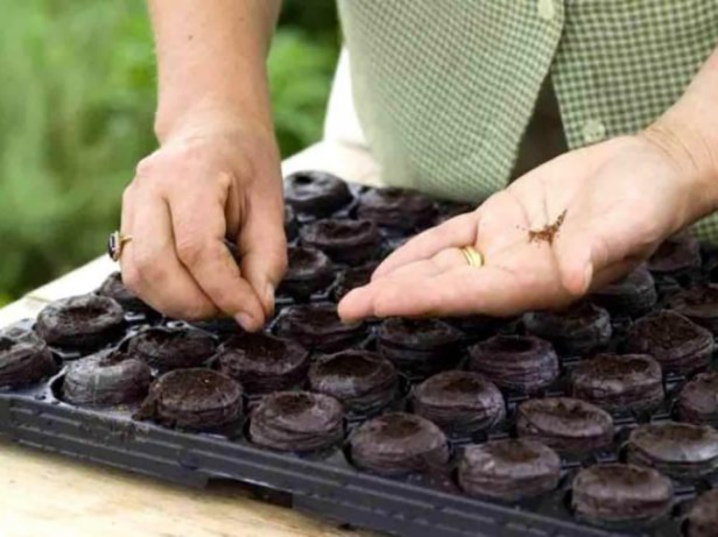
To obtain strong and healthy seedlings, the following conditions must be met.
- Comfortable temperature range - from 25 to 28 degrees Celsius. At lower rates, seedling growth slows down.
- As the soil dries up, irrigation is carried out. The water should be separated and warm, about 30 degrees.
- Plants love moist air, so it is advisable to periodically spray containers with seedlings with a spray bottle.
- Avoid sudden changes in temperature and drafts.
- The container with seedlings can be placed on the windowsill on the south side or taken out onto the balcony.
When sowing seeds in February, you need to install additional sources of lighting in the room. Pepper needs a long day of light - from 7.00 to 21.00.
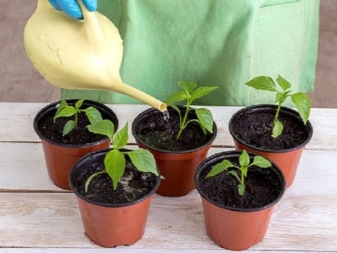
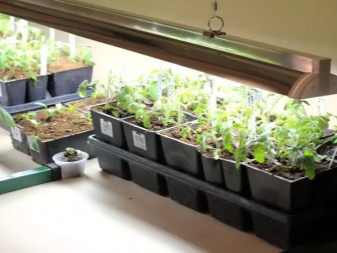
Schemes
The planting pattern greatly affects the yield. Inexperienced gardeners often make the mistake of planting plants too close to each other, trying to make the most of the land. In this case, the process of fruiting vegetable crops is disrupted.
When laying the beds, you can choose any of the following schemes.
- With the standard method, leave a gap of 0.5 meters between the plants. This option is recommended for medium-sized varieties with a large size of vegetables and chili peppers.
- If the land plot is small, you can choose a close pattern, keeping a distance of 30 centimeters between the seedlings, and leaving 40 centimeters between the rows. It is advisable to choose this option for stunted and compact shrubs.
- For short plants, the combined option is also great. Two pieces of pepper are planted in one pit for planting. The landing pattern is 60x60 centimeters. And also plants will be comfortable in regions with a sultry climate, as shrubs located close to each other will create additional shade.
When choosing any of the options, it is better not to plant sweet and hot peppers in the same area. Pollinating each other, they will thus spoil the taste and aroma of the fruit. A fairly large gap is needed between these varieties.
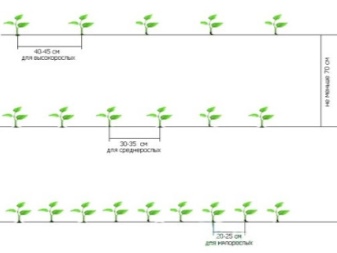
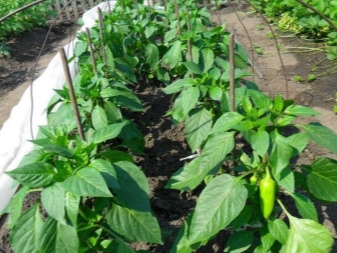
Step-by-step instruction
It is not difficult to learn how to plant peppers correctly, the main thing is to follow the established rules and listen to the secrets of experienced specialists. As a rule, planting of vegetables in greenhouses is carried out in mid-April. If the soil has not warmed up, use heaters, or watered the area with boiling water. A dense covering material of black color will help to keep heat.
When transferred to open ground, the date of the work shifts closer to mid-May. Frosts should completely recede. Early planting involves covering young plants at night with non-woven fabrics to keep them out of the cold air. And also planting is carried out in the first decade of June, when warmer and more comfortable weather sets in.
Some gardeners equip tall beds for vegetable crops. For their construction, boards will be needed, with the help of which the beds are raised by about 25-30 centimeters. Different varieties should be separated by tall plants (sunflowers, corn, tall tomatoes).
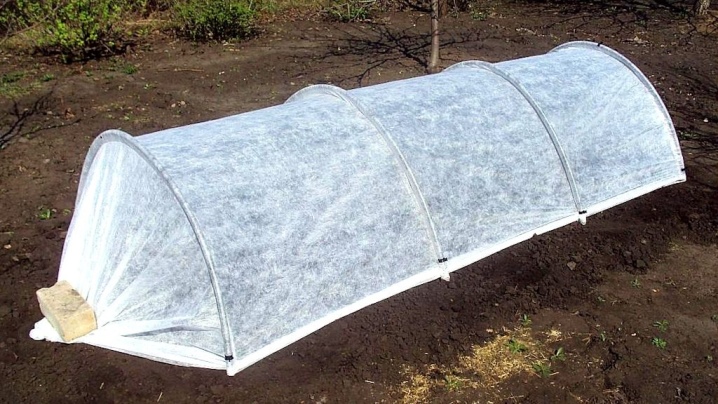
This is what the standard landing algorithm looks like.
- Seedlings are watered abundantly before planting. It is advisable to carry out the work in cloudy and warm weather, without strong winds.
- The depth of the planting hole or hole should be greater than the height of the seedling container. Plants cannot be buried too deep, otherwise the process of their development will be disrupted. And also plants can die.
- The dug holes are irrigated with warm water, spending 1-2 liters of liquid for each. The water must be completely absorbed into the soil.
- If the pepper grew in pots or peat tablets, they are carefully transferred to the hole.When growing vegetables in plastic containers, you need to take out the plants carefully, without destroying the earthen lump.
- Seedlings are planted in an upright position, placing them as deep as possible to the permissible value. Correct placement ensures the development of lateral roots and appendages.
- Sprinkle the seedlings with a small amount of earth around the trunk, and then tamp.
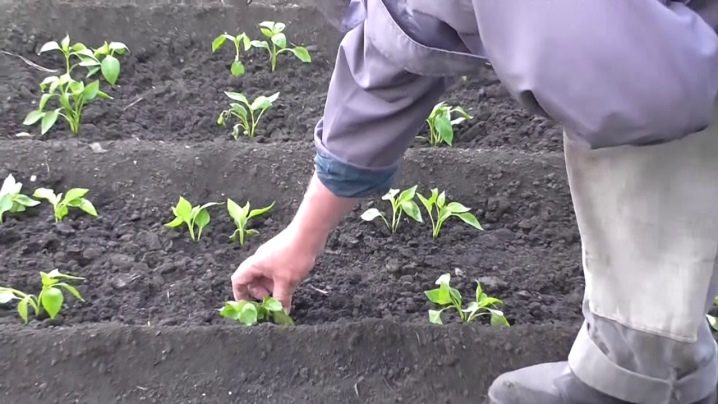
Possible difficulties
When growing fruit crops, each gardener may face different difficulties. The main one is infections, pests and diseases, from which plants of the Solanaceae family often suffer.
Young seedlings are often attacked by a black leg, due to which the seedlings grow poorly and die. To protect the plantation from this ailment, you need to treat the seeds with a disinfecting solution before germination. And it is also necessary to comply with the conditions of agricultural technology, maintaining the correct temperature regime and the optimal level of soil moisture.
Insufficient watering also affects the health of plants, they turn yellow, and leaves and ovaries wither and fall off. In the hot season, the fruits themselves often fall off. Withering is dangerous for plants of any age. Shrubs lose their bright color, a brown tint appears.
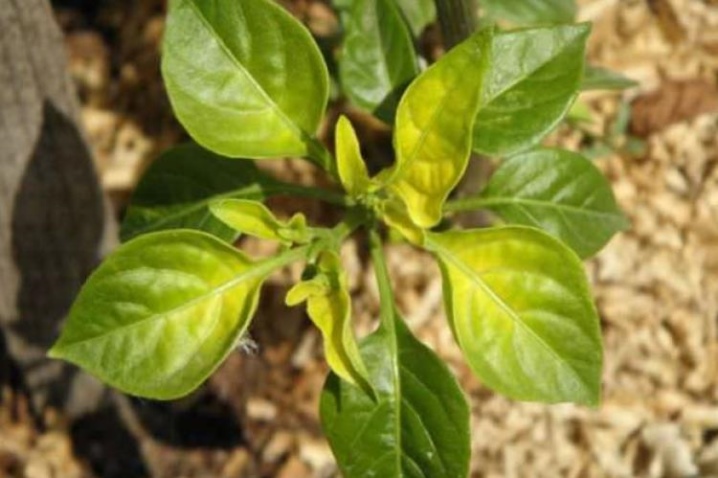
Harmful bacteria, fungi, and infections often live in soil layers. They remain in the ground from their predecessors that previously grew on a specific site. Some of them get into the soil with organic matter. To save the plantation, you should do the following:
- the seed must be processed before germination;
- you need to strictly adhere to the rules of crop rotation;
- affected plants must be quickly removed from the site and destroyed, the same applies to overgrown peppers;
- shrubs can be treated with protective agents as a prophylaxis, blooming peppers should be sprayed only with safe compounds that will not affect fruiting.

Fungicides are highly effective. When using them, you must carefully follow the instructions for each drug. Otherwise, the plants will be harmed. If it is very cold outside, the plantation should be protected from adverse weather conditions using covering material and specialized garden equipment.
Bright and juicy fruits often attract the attention of garden pests. Many gardeners recommend opting for folk recipes, since such formulations are safer and can be used at any stage of the growing season.
To cope with aphids, the area is treated with the following solution using a sprayer: 250 grams of wood ash per 10 liters of warm water. Spider mites are repelled by a composition based on onions and garlic (200 grams of any of the plants) and dandelion tops (200 grams). Approximately 35 grams of crushed laundry soap is mixed into the solution. The tool must be insisted throughout the day, and only after spraying.
Constantly loosening the soil and using straw mulch will help get rid of slugs. If pests have already begun to attack vegetables, they need to be collected by hand, and the surface of the ground is covered with mustard powder (a teaspoon per square meter of land).
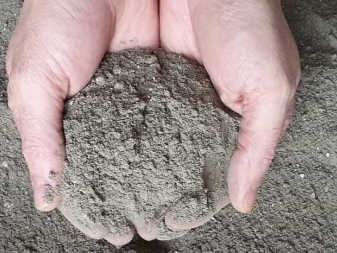
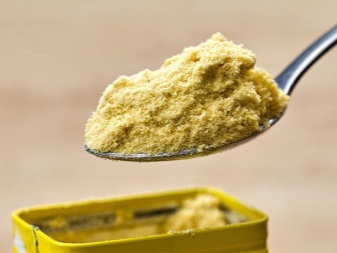













The comment was sent successfully.